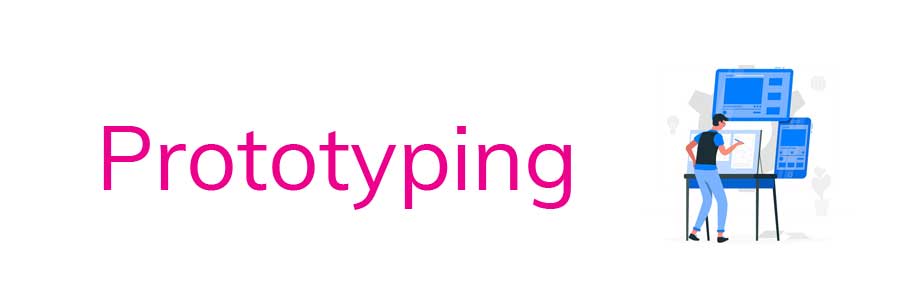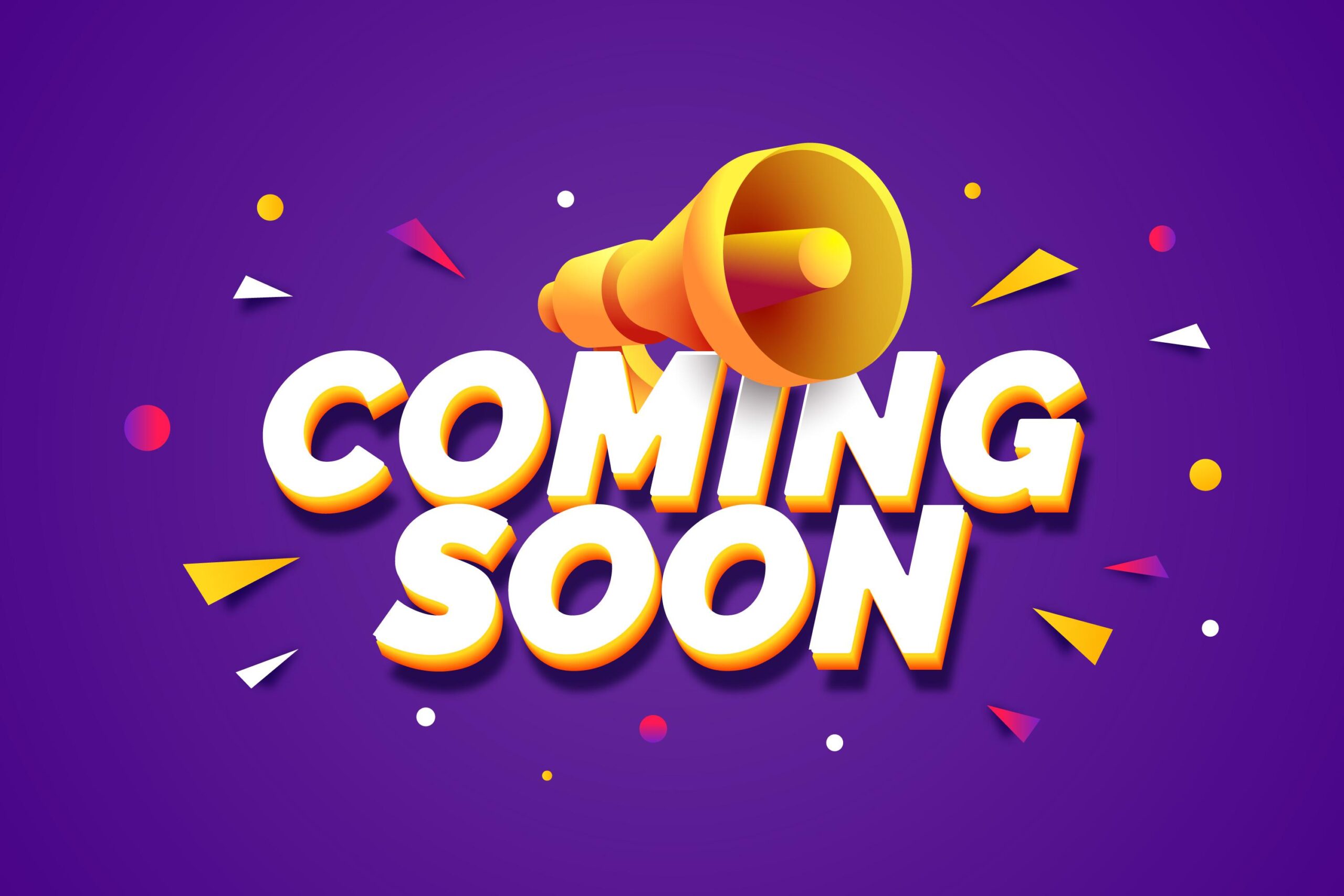
What’s a prototype?
A version is your first example of a product or application, which acts as a foundation for subsequent layouts. Prototypes are usually made from cheap materials and generally made in a lower detail than the last product. In software design, Uxer could make a prototype on the visual layout or the performance of an app.
What’s a website prototype?
Website prototypes are interactive demos of an internet Web Site. These to collect feedback from project stakeholders early in the project lifecycle until the job goes into final Improvement.
A website prototype takes it to an entirely new level with animation and interactions and gives a user an appearance and sense of what an end product will look like.
However, before we dive into specifics of how to create a prototype to get a website, let us have a moment to clear any confusion around the UX design communication:
The website prototype is an Integral part of This UX Procedure.
A website prototype maybe some mock-up or demonstration of what a site will look like as it goes live. It may be anything from a newspaper sketch to some clickable HTML model. Typically, when folks discuss a prototype, they’re speaking to an interactive model of some type that permits users to browse from page to page and utilize performance like drop down menus.
You will find an assortment of unique strategies to make an interactive model. However, many different specialist prototyping tools are readily available in the marketplace, designed to create prototyping simple.
Benefits of creating a prototype
The Benefit of prototypes is to transform faster, and alterations cost less money and time.
A version may also notify investors about a solution or amassing original impressions out of your customers. It ought to fix a concrete, non-abstract issue.
Creating prototypes will be able to allow you to make an excellent item.
It is a relatively inexpensive means of analyzing a concept and getting early feedback from customers. In case a model fails, it is not anywhere near as awful as a completed product falling since the investment has been a great deal smaller.
Apart from that, prototypes let you completely overhaul them and make a new concept from the bottom up. It could be somewhat tricky with a completed product.
Prototypes are a fantastic chance to collect early comments from customers and respond to them.
Conclusion
The Benefits of developing a prototype are clear: You can undoubtedly introduce a version to interested parties, and you also save costs, time, and resources. That is why it is sensible to plan the evolution of a prototype in detail, in the mandatory tools to the makeup of the group and the vital channels of communication.


